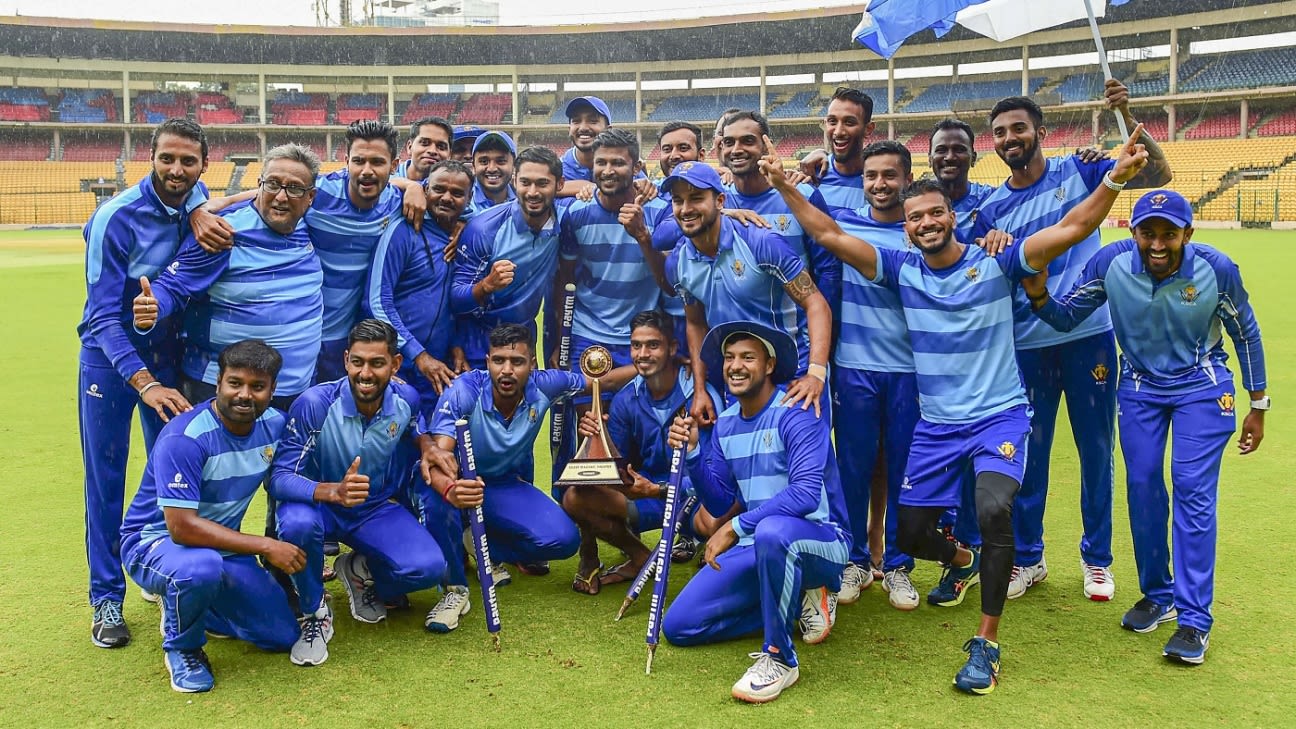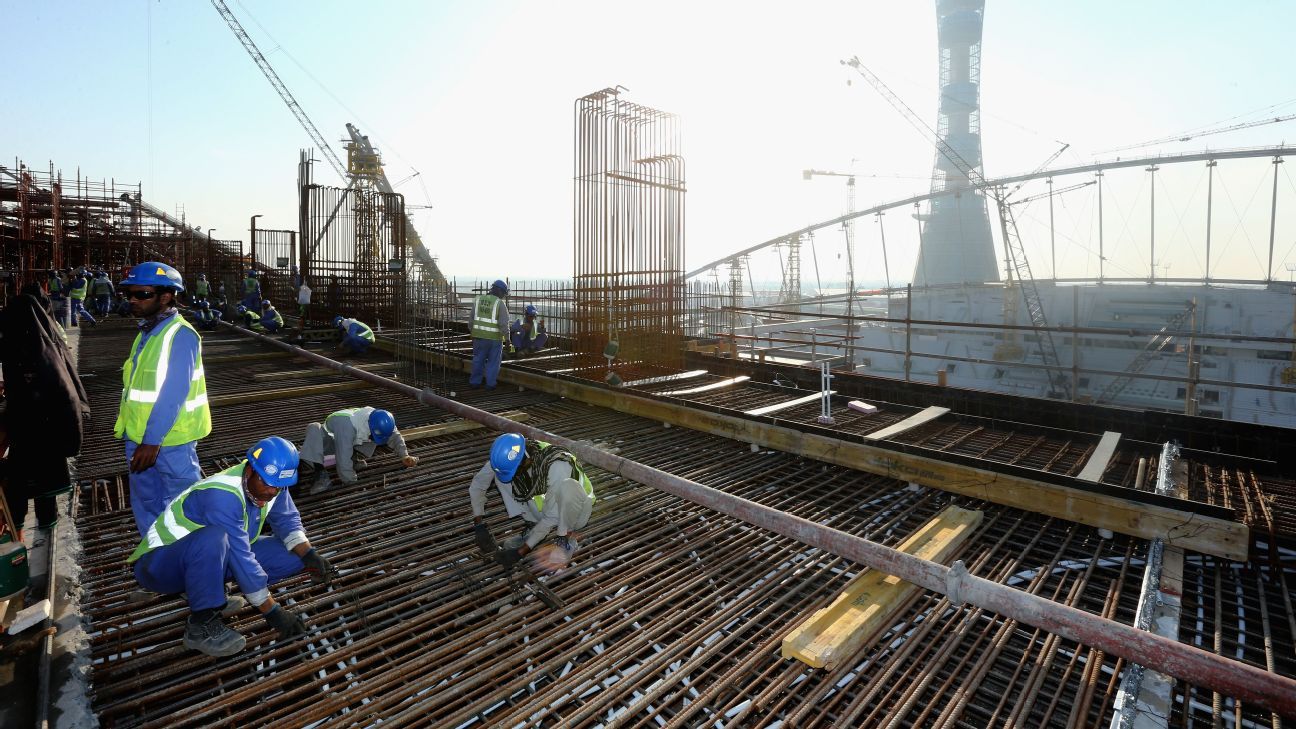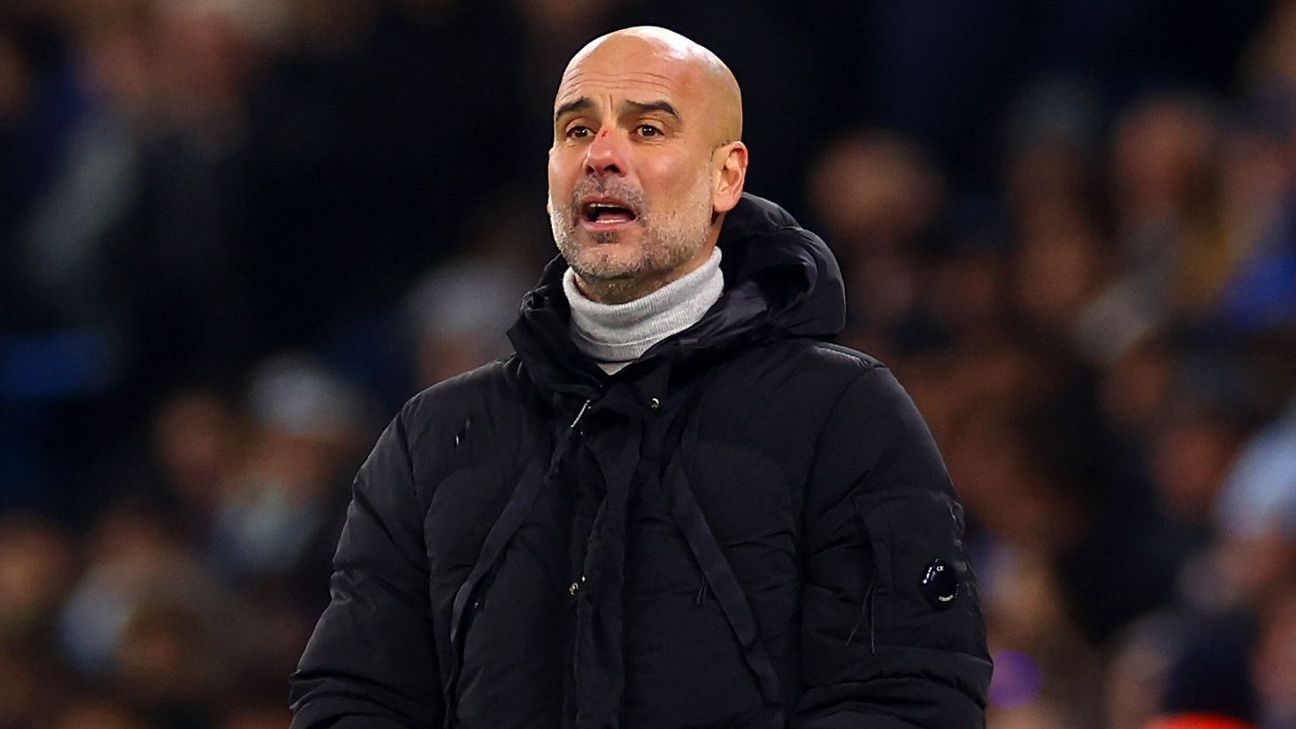
The much-delayed Indian domestic season gets underway on January 10 with the Syed Mushtaq Ali Trophy, the domestic T20 competition. That is the first domestic tournament in India since the end of the 2019-2020 Ranji Trophy last March. The severity of the Covid-19 pandemic in India has posed a massive challenge for the BCCI to conduct any cricket at all. At the moment, only the Mushtaq Ali trophy has been scheduled as part of the domestic calendar, which could well be restricted to just white-ball games.
The T20 tournament will be hugely significant this year, not just for the IPL auction, which is likely on February 11, but for the new senior selection committee to draw up a wider pool of players for the T20 World Cup, which will be played in India later this year.
Here, we lay out all the key details you must know about the tournament.
When and where will the matches be played?
The tournament - a total of 169 matches - will be played between January 10 and 31 across seven venues. The group phase, to be played till January 19, will be conducted in bio-secure bubbles across Mumbai, Vadodara, Indore, Kolkata, Bengaluru and Chennai.
The knockouts will be played after a gap, from January 26, in Ahmedabad, at the new Sardar Patel Stadium in Motera, the largest cricket ground in the world in terms of capacity. The quarter-finals are on January 26 and 27, followed by the two semi-finals on January 29, and the final two days later.
Will spectators be allowed to enter?
No, the tournament will be played behind closed doors.
How many teams are in action and what will be format?
There are 38 teams in action, and they have been divided into six groups: five elite and one plate. The elite groups have six teams each, while eight new teams - barring Puducherry - form the plate group. This is slightly different to 2019-20, where the 38 teams were mixed across five groups.
Will the plate sides play more games in the group stage then?
No, all teams, irrespective of groups, will play five matches in the league phase. This is a reduction from the six they played in the preliminary phase in 2019-20.
Six groups, one of them with eight teams - how do they figure out who qualify for the knockouts?
In 2019-20, the top two from each group (ten teams in all) made it to the Super League, where they were divided into two pools. Each side then played the other four in their pool with the top two from each making it to the semi-finals.
This season, though, the top team from each of the six groups gets a direct entry into the quarter-finals. The final two spots will then be taken by the two teams from the five elite groups with the most points. This could, for example, mean three teams from a single group qualify. If teams are tied on points, the net run-rate will become the deciding factor.
Who are some of the major players in action?
While most of the marquee Indian players are either in Australia or on breaks or are sidelined because of injuries, there are a host of big names to keep the selectors and scouts occupied.
Heading the list are Shikhar Dhawan (Delhi captain), Sanju Samson (captain of Kerala), Yuzvendra Chahal (who will turn out for Haryana), Dinesh Karthik (Tamil Nadu captain), Suresh Raina (he recently retired from international cricket but is still available for Uttar Pradesh), Suryakumar Yadav (the Mumbai captain), Krunal Pandya (Baroda captain) and Devdutt Paddikal (the Karnataka opener).
Then there's Sreesanth, making a return to representative cricket after seven years following the completion of his ban for spot-fixing. Another old hand, Piyush Chawla, will turn out for Gujarat.
Any big-ticket names missing out?
Yes. Hardik Pandya, KL Rahul, Shreyas Iyer and Manish Pandey are all back in India after travelling with the national team to Australia, but are not available for their teams for different reasons.
Hardik, who returned to India in December after the white-ball leg of the Australia tour, is having his workload managed. Rahul returned to India midway into the ongoing Test series after spraining his wrist while training. Pandey will miss out because of a tennis elbow. And Iyer is not part of the Mumbai squad because of a shoulder niggle he picked up in Australia.
Who are the defending champions?
Karnataka, led by Pandey, pipped a strong Tamil Nadu, which had Karthik, R Ashwin and Vijay Shankar, in a last-ball thriller to lift the trophy last season. This made them the first team two win both white-ball titles in the same season, having won the 50-over Vijay Hazare Trophy as well. Incidentally, Tamil Nadu were the losing side there too.
Shashank Kishore is a senior sub-editor at ESPNcricinfo















 Phone: (800) 737. 6040
Phone: (800) 737. 6040 Fax: (800) 825 5558
Fax: (800) 825 5558 Website:
Website:  Email:
Email: 






